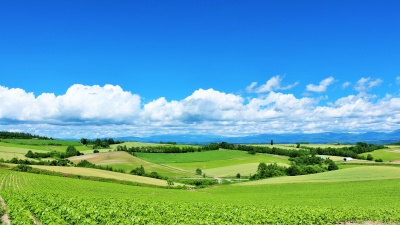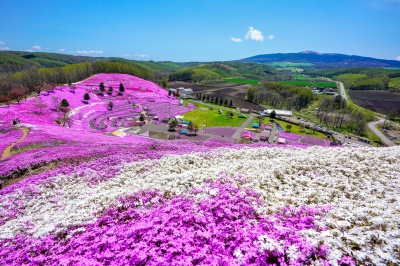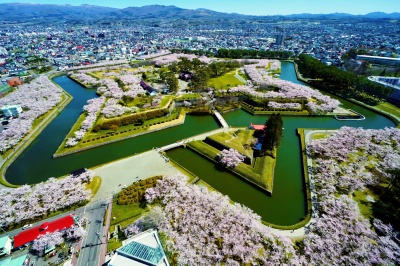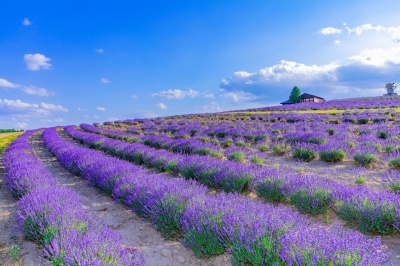Jewelry Ice: a Secret Winter Marvel in Hokkaido

Kishimoto Hideo reveals the secrets of the “jewelry ice” phenomenon that takes place in Hokkaido in the winter, as well as giving advice on the when, where, and how of taking stunning photographs of Hokkaido’s landscapes and wildlife.
- * Please note that the text shown on this page includes machine translations.
Profile
Photographer, CEO of Sapporo Commercial Photo
Mr. Hideo Kishimoto
Born in Saroma Town, Hokkaido in the 1950s. Has lived in Sapporo since he was a high school student, when he became interested in photography. Went independent after working for a major advertising agency, and is currently a representative of Sapporo Commercial Photo Co., Ltd. Has been taking nature and wildlife photographs in Hokkaido since 2008.
What is Jewelry Ice?
There is a phenomenon unique to winter that takes place on the Otsu Coast in Toyokoro-cho, in the east of Hokkaido. Ephemeral, ever-changing, and best seen in the very early hours of the morning, “jewelry ice” refers to the sparkling, iridescent formations of ice that result from frozen-over river water making its way to the coast. The term was coined by a photography enthusiast in Obihiro, named Urashima Hisashi, and is now one of the central subjects of Kishimoto Hideo, a nature and wildlife photographer from Hokkaido. Using the beauty of the natural Hokkaido surroundings in conjunction with the differing angles of sunlight throughout the day, Kishimoto captures a variety of “jewelry ice” phenomena. For those wishing to see jewelry ice for themselves, Kishimoto explains that “the Otsu Coast, which is said to be the ‘new superb view of Hokkaido,’” can be reached by car from Obihiro Airport in just one hour. Why not brave the Hokkaido winter to witness these unique natural ice sculptures, no two the same?
The secret of jewelry ice
Hokkaido may be famous for its drift ice, but jewelry ice is very different from its perhaps better-known cousin. Kishimoto tells us, “while drift ice is formed in the Sea of Okhotsk from the water of the Amur River in Russia, and contains salt, jewelry ice, on the other hand, is made from the water of the Tokachi River—the third largest river in Hokkaido.” These dazzling shapes manifest over a four-step process: ice forms on the Tokachi River when temperatures drop in the middle of December, reaching a thickness of 20 cm; the ice then breaks into chunks due to changes in tide levels; these chunks of ice are carried from the river out to sea; and finally, the jewelry ice accumulates on the shore as the tide changes. Devoid of life-forms such as plankton, the frozen river water from which jewelry ice is created is very transparent. For those wishing to capture this impressive spectacle on film, the peak season is from mid-January to February, but according to Kishimoto, “it is even worth visiting in March when the thawing ice offers extraordinary sights that are constantly changing.” At this time of year, the ice begins to melt with the rising temperature during the day, but as it becomes colder again in the night, the ice refreezes. Consequently, the jewelry ice that you can find on one day is entirely different from that of the previous day. The joy is in never knowing what beautiful colors and shapes you will find from one day to the next.
Wildlife photography
When it comes to what time of day is best for capturing jewelry ice on film, Kishimoto cites the “magic hour”, the 20-minute lead-up to sunrise when the sky is still dark. “Setting up your camera at this time, you can watch as the sky changes from purple to orange to golden.” The perfect time to witness these stunning ice formations is during the morning, so be sure to wrap up well against the cold, taking hand-warmers, neck-warmers, and earmuffs with you. The morning is not only the optimum time for viewing jewelry ice, however; it is also the best time of day to see wildlife. It is at dawn that the wildlife is most active; animals coming out to look for food at this time offer up majestic poses against the sunrise—the indigenous Yezo sika deer being one such example. In order to capture an animal on film, it is important to remain incredibly still, and for this reason, Kishimoto recommends a telephoto lens, which allows you to keep a large distance from the animal at the same time as providing a clear view. For travelers without the means to bring such equipment, a surefire encounter can be found at Lake Kussharo, whose resident swans are mostly unfazed by the presence of humans. With the thick foliage hiding most wildlife from view in the summer months, the best time of year to take photographs of animals is when the autumn leaves begin to fall, and towards the middle of winter. However, Kishimoto also recommends May and June, “as it is in this season of fresh greenery that newborn baby animals begin to appear.” Whichever the season, there are so many species unique to Hokkaido to find that you are bound to enjoy many once-in-a-lifetime encounters.
Encounter a brown bear
For one truly memorable wildlife experience, Kishimoto recommends taking the drift-ice boat tour from Rausu Port in Shiretoko, from where you can see hordes of large Steller’s sea eagles. It takes about 30 minutes by boat to arrive within good photographing-distance of Kunashiri Island, and from there you can see eagles one meter in height. Kishimoto says that he was “deeply moved to know that in Japan such a wonderful view exists.” In addition to these magnificent creatures, Hokkaido is also home to bears, so always remember to be safe and sensible. Kishimoto had his own close-call with a bear during a trip photographing flying squirrels. Unluckily—or some might say luckily—there had been an early thaw that year, so a bear that had woken from hibernation approached Kishimoto and his guide. While the pair came away unscathed, and with several one-in-a-lifetime snaps, this was a lucky escape, and Kishimoto reminds us “to avoid bears if possible. However, if you do find yourself in such circumstances, it is believed that bears are afraid of animals bigger than themselves, so tricks such as shouting in a deep, low voice may be useful in a sticky situation.”
Spectacular views of Hokkaido
Another spot recommended by Kishimoto is Lake Nukabira, about one hour from Obihiro. While the bridge that crosses the lake—Taushubetsu River Bridge—is popular year-round, for Kishimoto, “the best time to see both bridge and lake is during the middle of winter,” when the water level is lower, and the semi-submerged bridge stands out against a silver background and big trees that have been slumbering on the bottom of the lake start to show themselves above the lake’s surface.
Compared with other countries famous for their snowy landscapes, such as Iceland and Canada, where in some parts of the country there is ice all year round, the jewelry ice of Hokkaido begins in December and starts to melt in March, and you can return to the beach in the spring as if nothing has happened. With Hokkaido set apart not only from many parts of Japan but also from many overseas countries by its four clearly demarcated seasons, a variety of gorgeous landscapes await you all year long.
Ranking of popular articles
- Hokkaido Summer Travel Guide

- https://www.visit-hokkaido.jp/en/feature/travelguide_summer
- Hokkaido Spring Travel Guide

- https://www.visit-hokkaido.jp/en/feature/travelguide_spring
- Here are the recommended cherry blossom viewing spots!

- https://www.visit-hokkaido.jp/en/feature/sakura
- When is the best time to see lavender? Recommended Lavender Spots in Hokkaido

- https://www.visit-hokkaido.jp/en/feature/lavender
- Best Places to View Flowers in Hokkaido vol. 1

- https://www.visit-hokkaido.jp/en/feature/best-places-to-view-flowers-in-hokkaido-vol-1










